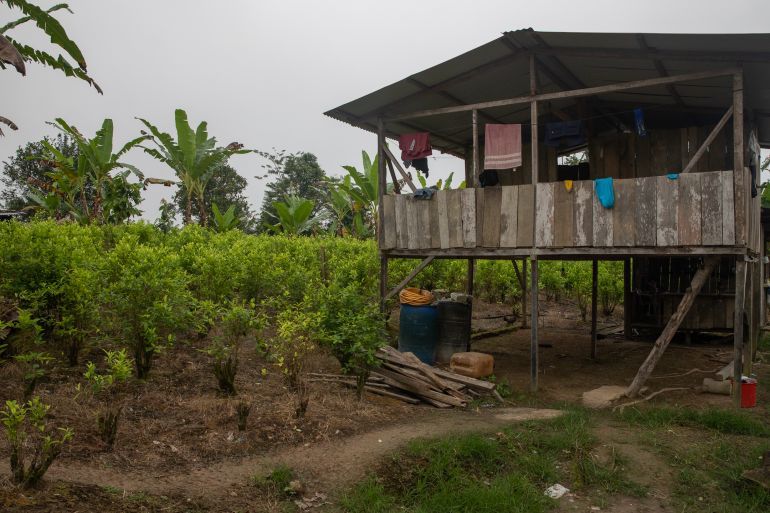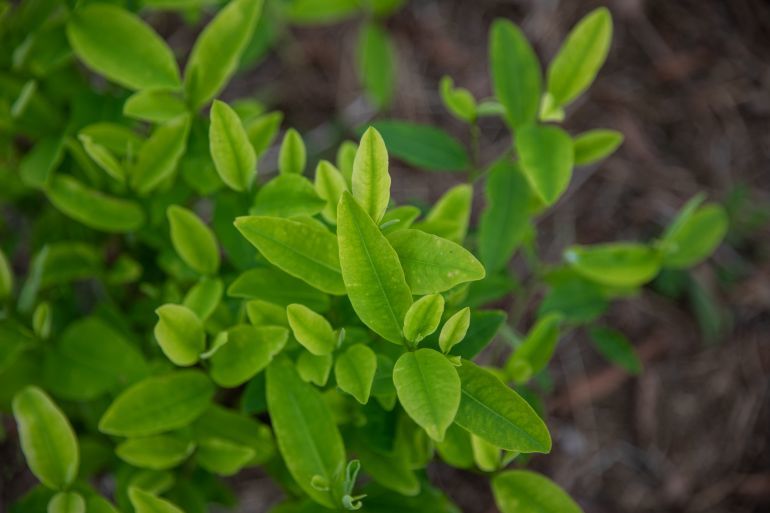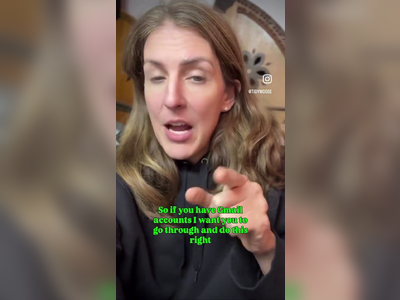
Colombia shifts strategy in drug war away from coca eradication
After promising to radically change Colombian drug policy, the administration of President Gustavo Petro has announced plans this month to reduce forced eradication efforts that, for decades, have remained one of the country’s chief strategies to curb coca, the raw ingredient in cocaine.
Illegal coca farming is big business in Colombia. The country is the world’s largest cocaine producer, and the cultivation of the coca plant recently hit record levels, with the United Nations Office on Drug and Crime (UNODC) estimating that 204,000 hectares (504,095 acres) were dedicated to its production in 2021.
In an effort to combat the drug trade, Colombia has historically deployed security forces to fumigate and manually remove coca crops from the ground. But the left-wing Petro administration has promised to shift tactics, moving away from policies that disadvantage subsistence farmers and promising instead to pursue drug-trafficking leaders.
On January 10, Colombia’s National Police announced a 60-percent reduction in its eradication targets for 2023, saying it will destroy only 20,000 hectares (49,421 acres) of coca crops. That is a drop from last year’s target of 50,000 hectares (123,553 acres), though only 44,000 hectares (108,726 acres) were ultimately eradicated after coca farmers protested.
The government is expected to announce eradication targets for the military, also charged with removing coca crops, at a later date.
“We’re going to give oxygen to certain activities and to asphyxiate others: oxygen to the weakest links in the chains, to the coca farmers, and asphyxia to the traffickers, to the money launderers and mafias,” Minister of Justice Nestor Osuna said in December.
But as Petro experiments with a new anti-narcotics strategy, the president will face pressure, both internally and internationally, to reel in the expanding coca industry.
“Petro’s point of view is completely different,” said Gimena Sánchez-Garzoli, Andes director of the Washington Office on Latin America, a research organisation. “But in particular, it’s his views on drugs that are seen by the upper classes in Colombia and the drug warriors in the United States as completely worrisome.”
Petro’s predecessor, former President Ivan Duque, had favoured eradication tactics, believing that targetting coca crops would reduce violence and weaken armed groups.
He unsuccessfully attempted to resume aerial fumigations with glyphosate, a strategy that had been banned by the government in 2015 when the World Health Organization classified the herbicide as a probable carcinogen.
Duque also expanded on-the-ground eradications, destroying a record high of 130,000 hectares (321,237 acres) in 2020 through police and military operations.
Petro has opted for a different method that stems from the idea that Colombia’s drug problem is fuelled by inequality. He has eschewed aerial fumigations and promised to focus eradications on so-called “industrial fields”.
In an interview with Al Jazeera, Colombia’s Ministry of Justice described such fields as vast coca farms, where a residential home and crops other than coca are absent. Their size far exceeds that of a sustainable family farm, known as a family agricultural unit.
“These are not small coca farms,” said Sonia Rodriguez, a spokesperson for the Ministry of Justice. “It’s in these areas that it’s confirmed we will conduct eradications.”
Rising coca production remains a shared concern for the US and Colombia. Experts believe that the unprecedented growth in coca farms is owed to factors including an increase in global cocaine demand and changes in Colombia’s decades-long armed conflict.
But the subsidies to launch long-term businesses failed to materialise, provoking a crisis among farmers who could no longer grow coca nor afford to finance a new venture. The UNODC reported that by 2020, about 100,000 coca-farming families had voluntarily eradicated their crops.
Petro has pledged to deliver on the promised subsidies and introduce more families to the program, complementing it with investments in agrarian reform, rural infrastructure and development.
Some parts of the program will also be redesigned with input from coca growers. The first assembly of coca growers convened in December in Norte de Santander, a province on the Venezuelan border that has the second-largest area of coca production in the country. An estimated 8,000 people from across the region submitted proposals for the conference.
The government has already accepted one of the proposals — to allow coca farmers to keep their crops until their alternative businesses are economically sustainable. In the past, farmers had to eradicate their coca crops before receiving subsidies.
“I will tell the officials to create a program in which the farmer can grow coca as they plant substitute crops until that substitute crop works. If it works, then there will be no need for the other,” Petro told a packed stadium of farmers in December.
In response to the police’s new eradication goal, Juan Carlos Quintero, leader of the Peasant Farmer Association of Catatumbo, said any effort to forcibly remove crops “creates violence and mistrust”. He added that the use of force should be deemed a last resort.
The US State Department has also pushed back against the reduction in eradication targets but for different reasons. In a statement, it said that “it’s fundamental to make full use of all the available tools to reduce coca cultivation”, including forced crop eradications.
Petro has had to tread a fine line between appeasing Washington and keeping his promises to reform Colombia’s drug policies. The US is Colombia’s most important ally and the largest donor to the Colombian peace deal.
Garzoli-Sánchez, the Andes adviser at the Washington Office on Latin America, pointed out that Petro’s policies appear to align with Washington’s priorities, at least on paper.
The administration of US President Joe Biden has touted a “holistic” approach to disrupting drug trafficking, with emphasis on rural development, security and the implementation of the 2016 peace deal. But, Garzoli-Sánchez said, there are still sectors within the US State Department and Congress that support use of military force.
“The problem is that [Biden’s] policy on Colombia is still not the main view in Washington among anti-narcotics people,” said Garzoli-Sánchez.
 A house stands next to a coca farm in the coastal city of Tumaco, in the southwest region of Colombia, on July 20, 2022
A house stands next to a coca farm in the coastal city of Tumaco, in the southwest region of Colombia, on July 20, 2022
In October, President Petro said that Colombia and the US were working together to disrupt the narcotics trade by air and sea and boost their intelligence capabilities.
But Petro’s success will also depend on consolidating deals with coca growers to ban the expansion of their crops, Velez said.
Quintero, the president of the peasant farmer’s association, said he believes a deal can be struck, one that would empower local leaders to monitor farms with support from the government and the international community.
“It doesn’t have to be the military because there’s no trust in the military,” said Quintero. “Who better to do this than the farming organizations who hold power in their communities?”
 Coca production has grown to its highest levels in Colombia, according to a 2022 United Nations report [
Coca production has grown to its highest levels in Colombia, according to a 2022 United Nations report [









